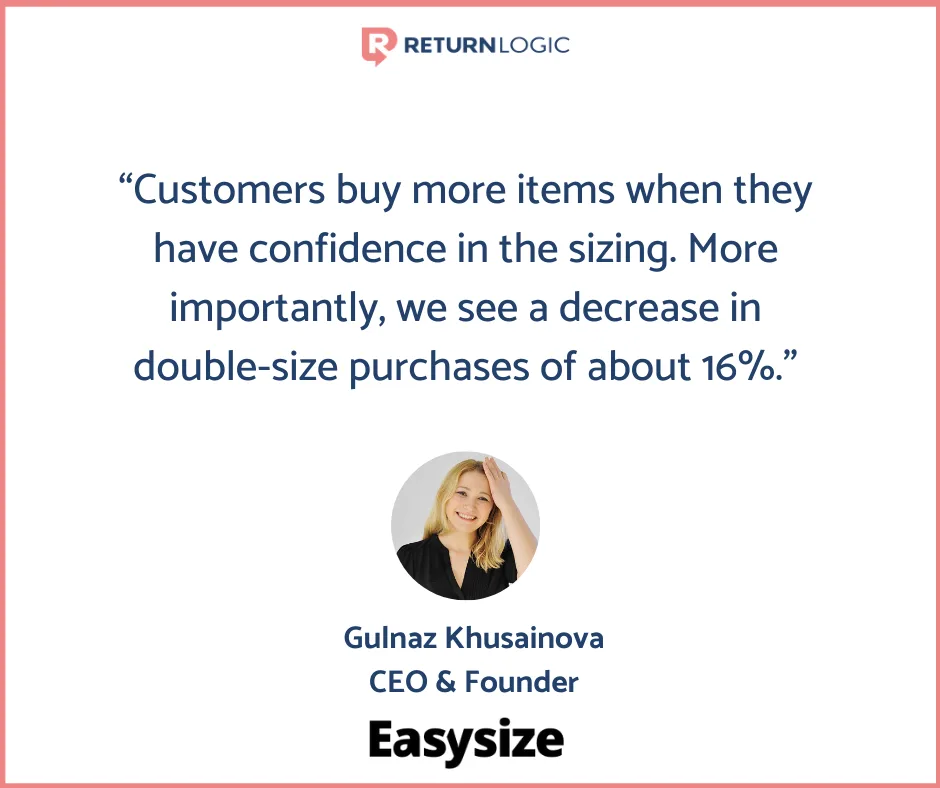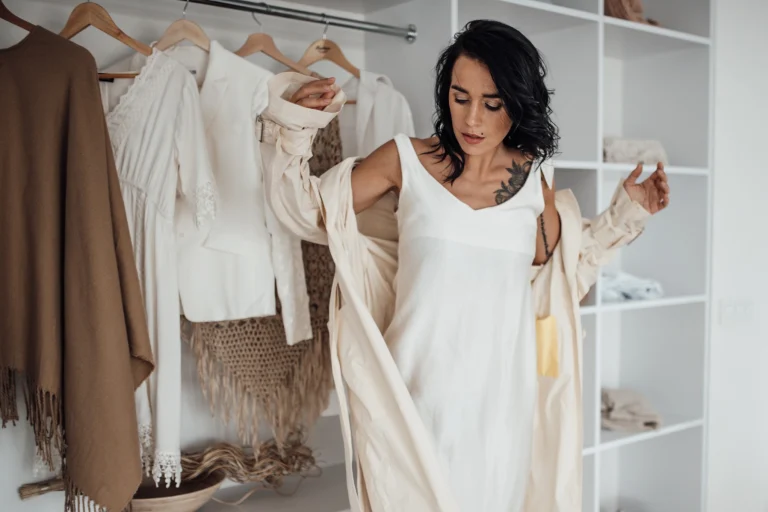Shopify Customer Returns: Are Serial Returners a Problem?

How to Approach Shopify Customer Returns the Smart Way
Retailers no longer have to consider Shopify customer returns to be just another cost of doing business. Returns are a perfectly natural part of the shopper’s journey with the brand, given that nearly 40% of shoppers complete a return by their 3rd purchase.
The future of e-commerce will see returns as an opportunity for retention.
A well-known weakness of e-commerce is its lack of physical experience. The shopper can’t pick up the item, feel the material, or try it on to see how it looks.
To compensate, many shoppers order multiple sizes or colors with the intent of returning those they don’t want. For one of our retailers, almost 20% of orders in 2019 contained multiple product variants.
Shoppers who exhibit this form of serial returns persona are often known as “Fitting Roomers” or “Bracketers.” This behavior eventually shows up on the retailer’s balance sheet as product returns.
One of our retailers wanted to investigate: What sort of purchases get returned the most?
Knowing this, they can focus on the reasons why shoppers engage in those purchase behaviors.
We see from our data that return rates skyrocket when an order contains multiple sizes.
This effect intensifies among new shoppers, who are more likely to order multiple size variants than are repeat shoppers.
Our team spoke with Gulnaz Khusainova, Founder and CEO of Easysize, an AI-powered size recommendation platform for fashion e-commerce. She asserts that product sizing is one of the driving forces of discontent in the online shopping experience.

A Tale of Two Philosophies
Retailers often take one of two stances on serial returns behavior. The first is to discourage it, even going so far as to ban shoppers who have participated in it. The second is to accept it and try to maximize the experience for the shopper while minimizing their costs.
Negatives of Fitting Room Returns
Fitting Room purchases magnify costs that the retailer often carries. Essentially, these purchases are like any other, except that shipping and handling occur twice. And, by the way, return deliveries are estimated to cost over $500 billion in the U.S. alone in 2020.
One of our retailers encouraged an at-home trial behavior and shelled out just over $200,000 in 2019 for returns shipping alone. Nearly 2% of this retailer’s gross revenue in 2019 went to sending returns back.
Not to mention that some of the returned products are bound to be in sub-par condition. It’s estimated that less than 50% of returned products can resell at their full price. For one of our retailers, almost 30% of products that came back in 2019 couldn’t resell at all.
Depending on the retailer’s profit margins and the efficiency of its internal processes, these additional costs can eat away at its profits.
And returns bring costs that can’t be quantified directly – environmental ramifications. The Verge cites, “Five billion pounds of returned goods end up in U.S. landfills each year.” Product returns also cause another round of shipping, increasing CO2 emissions.
Khusainova states that returns produce enough emissions annually to power over half a million homes for a year.
On top of that, packaging waste is one of the most detrimental side-effects of e-commerce.
When Fitting Room Returns are Positive for your Business
On the other hand, accommodating these Fitting Room shoppers can pay off. According to research by J. Andrew Petersen and V. Kumar, profit per shopper rose by more than 45% in a 6-month window when a retailer used a blend of marketing and liberal e-commerce returns policies to reach out to shoppers with the Fitting Room pattern.

Shoppers with high return rates may still be profitable.
The beauty of Fitting Room purchases for the shopper is its low perceived risk of making a purchase: they have the reassurance of sending unwanted items back for a refund.
But these two approaches don’t have to exist alone. Retailers can both alleviate the need for shoppers to try multiple variants and minimize the impact they feel when shoppers inevitably do so.
How to Find the Best of Both Worlds
The first step is identifying why shoppers feel the need to order multiple variants. The most common type of this purchase pattern we tend to see is for two colors of the same product. But often, this version doesn’t exhibit a problematic return rate. In fact, it’s marginally lower than the typical return rate for one of our retailers.
While not as common, purchases with multiple sizes of the same product see a return rate slightly more than double the average for one of our retailers.
This accounted for nearly $130,000 worth of returned merchandise in 2019 alone. Over 7% of the products returned to this retailer in 2019 were from purchases with multiple size variants of one product.
This statistic demonstrates the remarkable impact that sizing uncertainty can have on purchase behavior.
Khusainova confirms that by reducing the uncertainty shoppers feel around product sizing, Easysize’s solutions increase conversion rate and average basket size while decreasing return rate.

Once you’ve distinguished the core reasons underlying these Fitting Room purchases, you can begin to address them. Doing so could be as simple as including a more detailed product description or images, a 360° view, or videos showcasing the product. Or, it could warrant an overhaul of the sizing information – such as the size chart or the sizing structure itself.
While addressing some of the underlying reasons for this behavior, you can also strive to minimize the costs associated with returns.
As we mentioned, shipping and handling are costs most directly associated with product returns. Handling depends on the operational processes of the retailer. Supply Chain Quarterly states that processing a returned item can be 2 or 3 times as costly as processing it for fulfillment.
Our passion is to reimagine the notions that exist when it comes to Shopify customer returns. We have a unique position in the e-commerce ecosphere that allows us to examine some of the toughest questions.
Recognizing the Value in Shopify Customer Returns
The reality of product returns is that frequent returners are often frequent purchasers. Those who return products are not necessarily bad shoppers at all. If you’re retaining customers, they’re most likely returning products.
With the growth of return management software, retailers have the power to leverage new insights that enhance the shopper experience, brand perception, and their bottom line.
Solutions like Easysize allow retailers to alleviate some of the apprehension around making online purchases and help shoppers find items they will love.
This post was originally published on May 16, 2016 and was updated on January 20, 2020 for accuracy and freshness.






